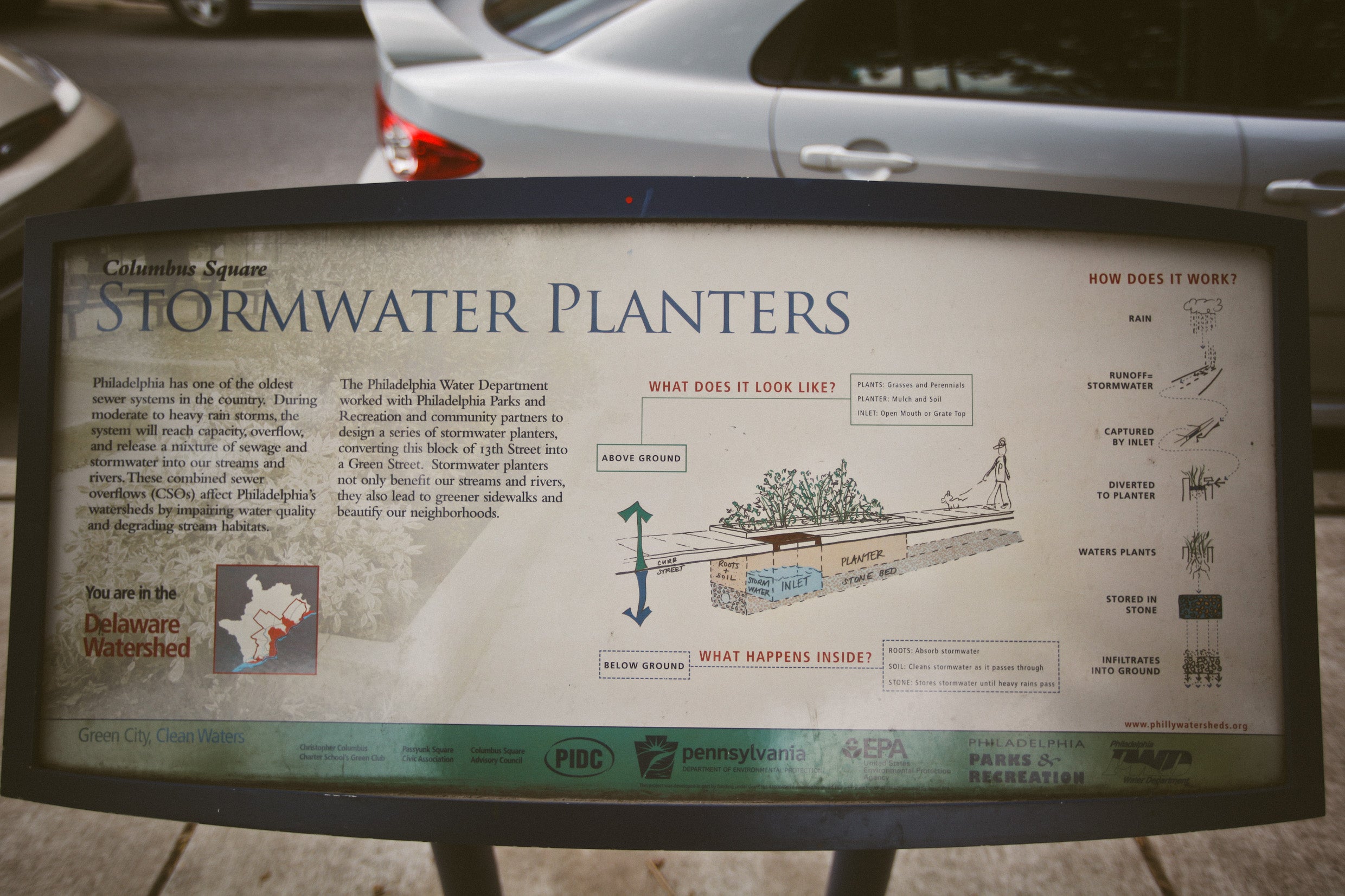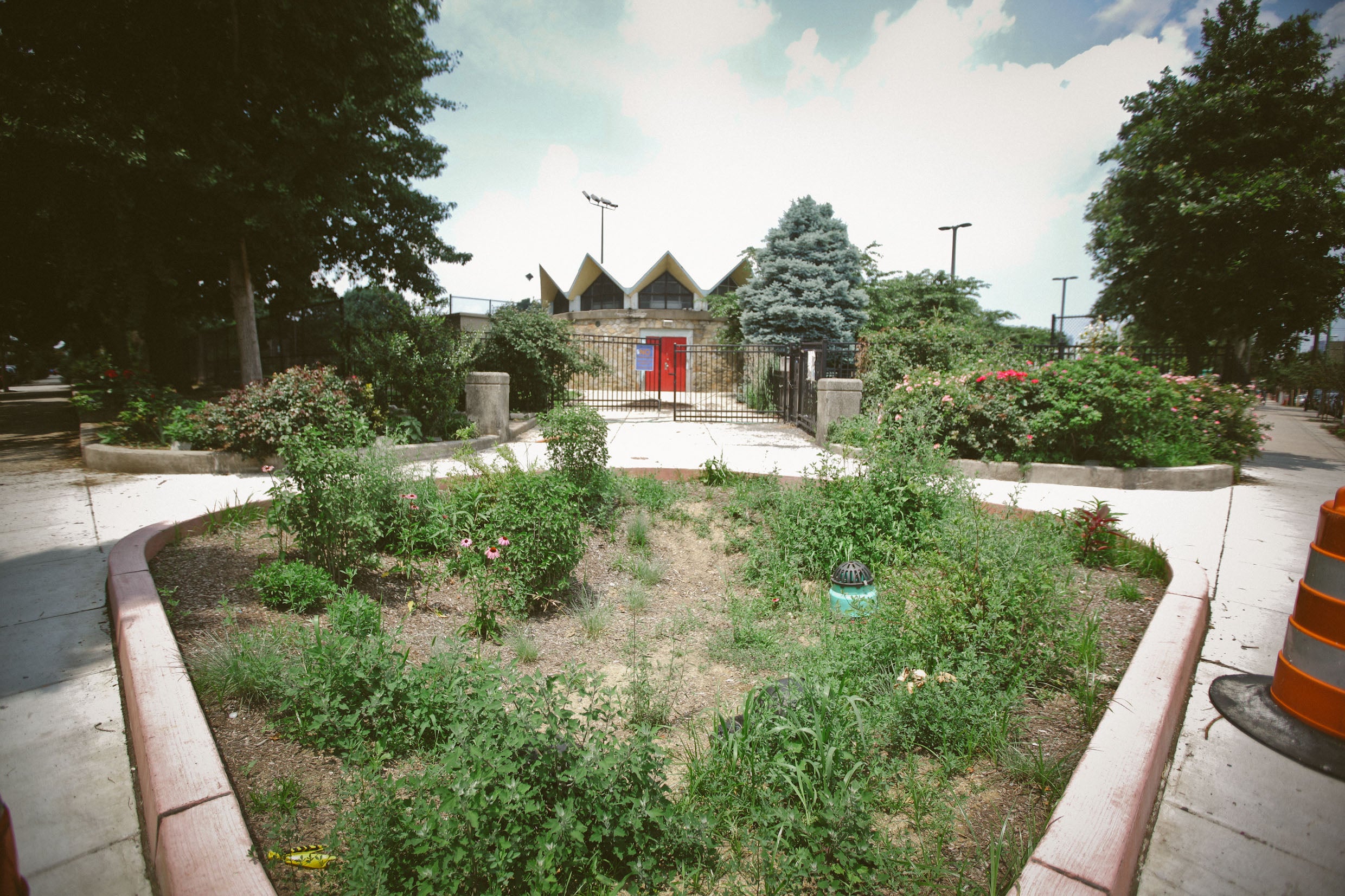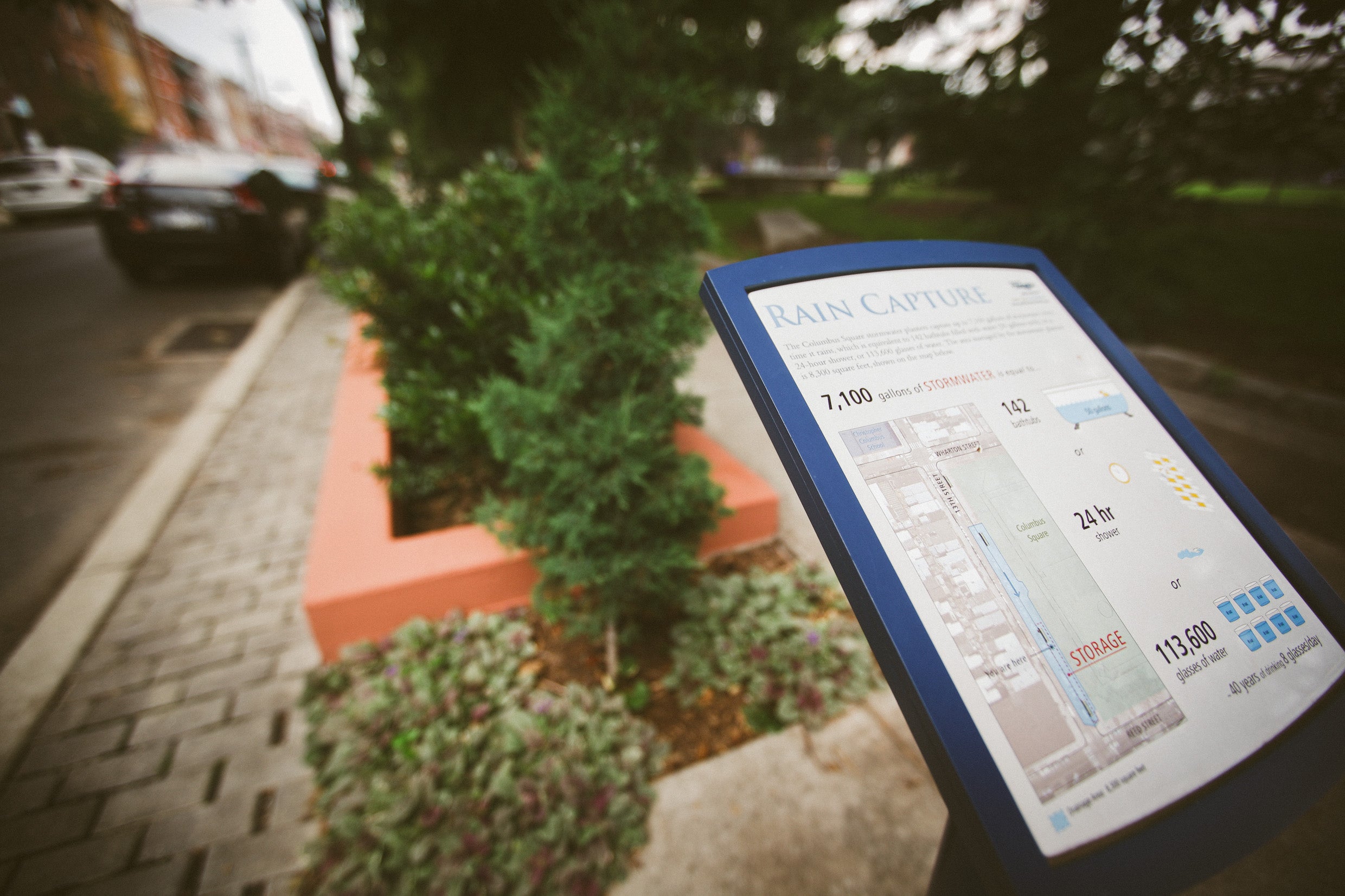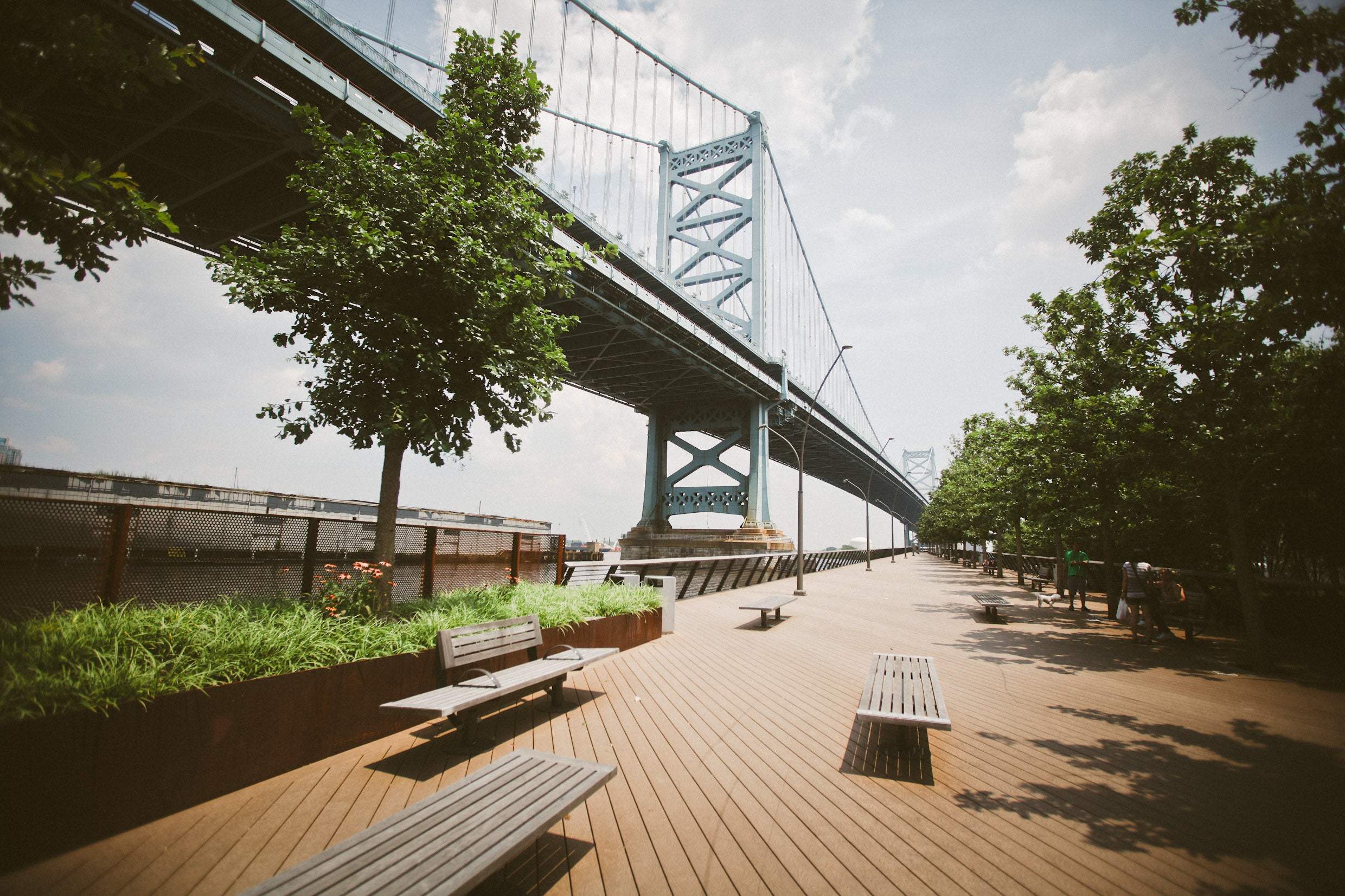New infrastructure GPS targets improvement priorities

Last week, World Class Greater Philadelphia and the Economy League of Greater Philadelphia released “World Class Infrastructure GPS,” a new ranking of the infrastructure investments needed to take Philadelphia to the next level.
Here GPS refers to global positioning strategy, a play on what comes to mind for most – global positioning satellite. The World Class Infrastructure GPS is a “shared agenda” for improving the region’s infrastructure, including transportation, water, energy and open space. All of this is done with the vision of strengthening global and national connections, improving regional mobility and making the region’s natural infrastructure more sustainable and resilient.
The priorities identified in the World Class Infrastructure GPS include the following:
- Develop Philadelphia International Airport as a world class facility
- Improve intercity rail connections with key metros
- Enhance the freight rail network’s capacity
- Bring regional transit to a state of good repair
- Upgrade aging roads and bridges
- Modernize and protect the region’s water infrastructure
- Enhance regional energy infrastructure
- Preserve and expand the region’s networks of parks and open space.
The Infrastructure GPS, which can be found online, makes a case for investing in and improving each of these target areas. It does not, however, tell the region how to work toward these goals.
For that reason, World Class Greater Philadelphia and the Economy League of Greater Philadelphia invited regional business and political leaders to the launch of the Infrastructure GPS. There project leaders talked about the need for infrastructure investment and what attendees can do to start working toward the Infrastructure GPS goals. Again and again that came down to pushing for increased state funding.
Steven Wray, executive director of the Economy League, reminded those attending the Infrastructure GPS launch that Delaware Valley Regional Planning Commission’s recent long-range plan shows a $67.5 billion funding gap between the region’s infrastructure needs and the available transportation funding. He noted that SEPTA has a $4.7 billion backlog of state of good repair projects and that Pennsylvania has more structurally deficient bridges than any other state in the U.S.
Wray mentioned perhaps lesser-known information, for instance, the Environmental Protection Agency estimated Pennsylvania needs $9.3 billion invested over 20 years to ensure safe drinking water and that New Jersey needs $5 billion over that same time period.
Like others who spoke, Wray advocated for the passage of the transportation funding package that is currently working its way through the state government.
“If we don’t succeed in getting this legislation passed now, there’s no telling when the next opportunity will be,” he said.
Keynote speaker Ed Rendell, former Pennsylvania governor and Philadelphia mayor, was most direct in calling for increased state funding. He was explicit in telling attendees that if they want to work toward the priorities listed in the Infrastructure GPS, they need to take a stand and advocate for the transportation funding bill.
Leaders, Rendell told the audience, “don’t have any respect for you because they think you’re just a bunch of scared sheep.”
To change that, Rendell said the top 300 businesses executives in Philadelphia need to write to Pennsylvania legislators and tell them that the transportation funding bill is their number one priority and that if legislators do not pass the bill, they should not send those businesses any funding requests for the next five years.
“Things can change,” Rendell said. “… but we’ve got to get serious about it.”
WHYY is your source for fact-based, in-depth journalism and information. As a nonprofit organization, we rely on financial support from readers like you. Please give today.









